Premium Only Content

Tiny beautiful creature makes its way along Pacific Ocean floor
The ocean is full of wonderful and mysterious creatures. Most of the ones we think about are large enough to easily see with the naked eye. But the underwater world is full of creatures so tiny that a scuba diver needs to look very closely at surfaces to see them. Others are best seen with a magnifying glass or macro camera lens.
This helmet headed sea slug is less than 5cm (2 inches) long. It moves slowly along the bottom, eating algae and decaying plant or animal matter. They are very numerous and a close look in the right place may reveal several of them making their way over sand or rubble. Slugs are not magnificent or spectacular in size, but they can be extremely colorful and beautiful.
Slugs play a vital role in the food chain, providing food for fish and other ocean creatures. Being slow moving, they are easy for the lesser predators to catch and overcome. Some slugs, however, do have defense mechanisms. Many are toxic to certain animals, making them only suitable for certain creatures to consume.
The slug in this video was found approximately 10m (30 feet) beneath the surface on a sandy and rocky bottom in the Pacific Ocean off the coast of Papua New Guinea. The scuba divers in the group were largely using high end macro lenses on their underwater cameras, but this particular diver used a GoPro Hero 6 with an attached macro lens to capture the action as this helmet headed slug made its way past. Looking closely at the ocean bottom and at the coral can reveal a miniature world with many fascinating creatures such as this one. A scuba diver is also likely to find tiny crabs, nudibranchs, seahorses, and fish that are often overlooked.
When we see how tiny and fragile some of our ocean life is, it is a firm reminder that entire populations of animals can be wiped out with carelessness and improper behavior. Losing these small creatures has an immediate impact on the larger ones and on the health of the entire ocean. The balance of our ecosystems is a fragile one and we must be careful not to upset it.
-
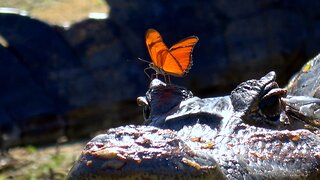 1:46
1:46
WildCreatures
1 month ago $3.04 earnedButterfly risks its life to drink crocodile tears in the Pantanal
25.6K9 -
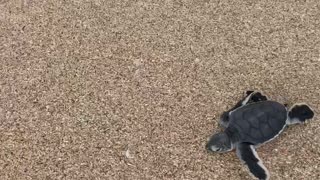 0:33
0:33
Delathouwer_Anthony
6 years ago $7.92 earnedNewly hatched sea turtle makes its way into the ocean
2.57K1 -
 1:09
1:09
WildCreatures
6 years ago $61.19 earnedHumpback whales rise from ocean floor right beside thrilled swimmer
10.7K2 -
 0:45
0:45
WildCreatures
6 years ago $11.73 earnedStrikingly beautiful & strange creature spotted 100 feet beneath the waves
5553 -
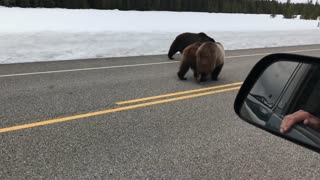 1:13
1:13
ViralHog
6 years agoBeautiful Bears Out for a Stroll
211 -
 0:23
0:23
ViralHog
6 years agoAlligator Strolls Along Sidewalk
111 -
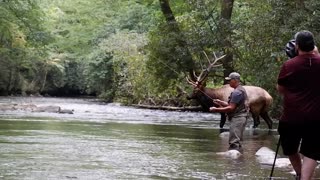 0:56
0:56
ViralHog
6 years agoBeautiful Bull Elk by Fly Fisherman
1661 -
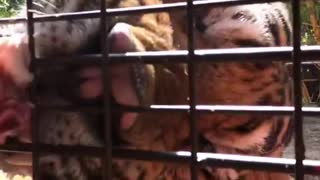 0:49
0:49
imShekyna
6 years ago $47.70 earnedFriendly up-close encounter with beautiful tiger
2.88K3 -
 1:45
1:45
ViralHog
6 years ago $0.18 earnedBeautiful Herd of Elk
500 -
 0:12
0:12
ViralHog
6 years ago $0.14 earnedBeautiful Bird Takes Flight
321